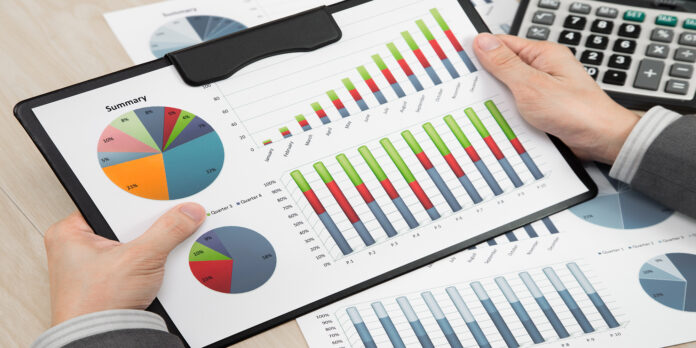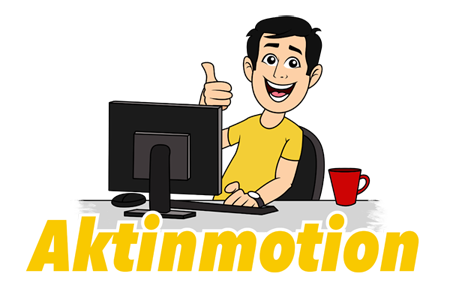Fumbling around with cumbersome expense management tools and processes? You’re not alone. In this article, we’ll discuss the top tools and technologies to help streamline your expense management and budgeting – saving money, time, and stress!
Benefits of Streamlining Expense Management

If you are new to this topic, you might wonder, what is expense management? Streamlining expense management can have a number of different advantages for businesses. Automating and digitizing processes brings several key benefits, such as reduced costs and time savings, increased accuracy, improved visibility into spend categories and cash flow, as well as automated reporting to ensure policy compliance.
By utilizing advanced tools and technologies for streamlining, businesses can improve the overall efficiency and accuracy of their expense management process. With smarter automation in place, processes may become easier to manage and control costs can be more predictable. Additionally, streamlining expense management helps to strengthen internal controls which leads to more accurate reporting. This helps businesses stay compliant with tax regulations while increasing visibility into spending across all departments.
Furthermore, digitized expense management systems allow companies to access all relevant spending data in one centralized location while generating instant notifications when unexpected actions are taken by users such as creating duplicate payments or entering invalid information during the submission process. Finally, automating expense systems can help businesses gain greater insights into employee behavior with regard to spending patterns which will lead to improvements in overall financial performance over time.
Top Tools and Technologies for Streamlining Expense Management

These systems have become increasingly important to businesses in recent years as they seek to streamline the entire process. By leveraging top-notch tools and technologies in this area, companies can automate key tasks, simplify workflow and take a data-driven approach to decision-making. Here we will look at some of the leading practices and approaches that can help implement an efficient expense management system.
1. Automation – Automatically capturing data from digital documents such as invoices, receipts, and credit card statements relieve employees of tedious manual entry tasks. Automated technology can recognize receipt information from a variety of sources, eliminating unnecessary data entry points. Integrating with corporate accounting systems makes ongoing reconciliation automatic.
2. Analytics – With insight into the data surrounding expenses, organizations are able to gain better awareness about how funds are being spent across the business. Utilizing analytics technology within expense management systems provides visualization into historical spending patterns and allows teams to efficiently identify saving opportunities or areas of fraud more accurately than ever before.
3. Mobile Apps – An increasing number of companies are jumping on board with mobile apps that allow employees easy access to their corporate travel policy while out on trips – no paper printouts necessary! From checking budgets before booking hotels or flights, seeing booked travel online in one view, and being able to submit expenses quickly and easily with photos….mobile technology is helping usher in quicker reimbursement cycles and improved time savings for everyone involved.
4. Cloud Technology – Cloud computing is a key component in powering the expense management process by enabling real-time access to company policies, data capture capabilities at any location, tax rate information integration with ERP software solutions, secure storage options for report audit records as well automated reimbursement tracking. All these features come together seamlessly within cloud-based platforms.
By implementing these leading practices and utilizing efficient tools similar to those listed above, businesses can maximize their efficiency when it comes to managing employee expenses. Additionally, by taking advantage of today’s advanced technology, businesses reap the benefits of increased security-compliant reporting as well as streamlined processes overall.
Automating Expense Management

At its most basic level, automation should involve recording, tracking and approving all expenses incurred by employees or the entire organization via an online platform or application. This ensures that all information is recorded and tracked in real-time. Furthermore, automated expense management systems should include features such as auto-tagging expenses with relevant categories or projects to maximize reporting clarity.
Advanced tools and technologies go beyond simply recording data into intelligent features that provide insights through real-time analytics. Examples of these are usage analytics which can compare actual use relative to any forecasted budget plans as well as surface clear trends on spending habits over time. By uncovering patterns in employee spending behavior businesses have the ability to make better decisions on where funds are allocated more effectively leading to budget optimization solutions that maximize company funds.
In addition, providing employees with mobile access will increase speed-of-purchase during business trips and also enable immediate feedback through photos of bills/receipts which reduces manual data entry for fast approval processes. Furthermore, automating cash advance requests for staff traveling abroad is also possible using digital solutions specifically designed for financial decision-making processes such as offering multi-level approval processes including server-side rules-based automated prompts like limits per expenditure year or job role, etc..
Integrating Expense Management Solutions

Integrating existing expense management solutions into the cloud or on-premise environment is a smart business decision that can provide a range of benefits. Most solutions will work with an organization’s existing systems, ensuring compatibility and smooth transition. This integration will also help to ensure data accuracy and security, as information is not only shared but encrypted as well.
It is important to take into account scalability when choosing an expense management solution to ensure it can handle your current needs as well as future demands.
Another important aspect of integrating these solutions is the ability to customize the system to suit your individual needs and preferences. This customization will give you more control over how you manage expenses, as well as access to a range of tools and reporting capabilities that can help you analyze spending and optimize resource allocation. Furthermore, this level of control provides your team with real-time visibility into financial performance, enabling them to make informed decisions quickly and accurately.
We hope that this guide has given you an overview of the various expense management technologies available to help make financial processes easier and more efficient for your company. With so many features to consider when selecting an expense management tool, it is important to find one that meets all of your needs without sacrificing quality or integrity. With the right system in place, you can reduce manual labor costs while increasing compliance accuracy—two essential elements vital to successful expense management.






